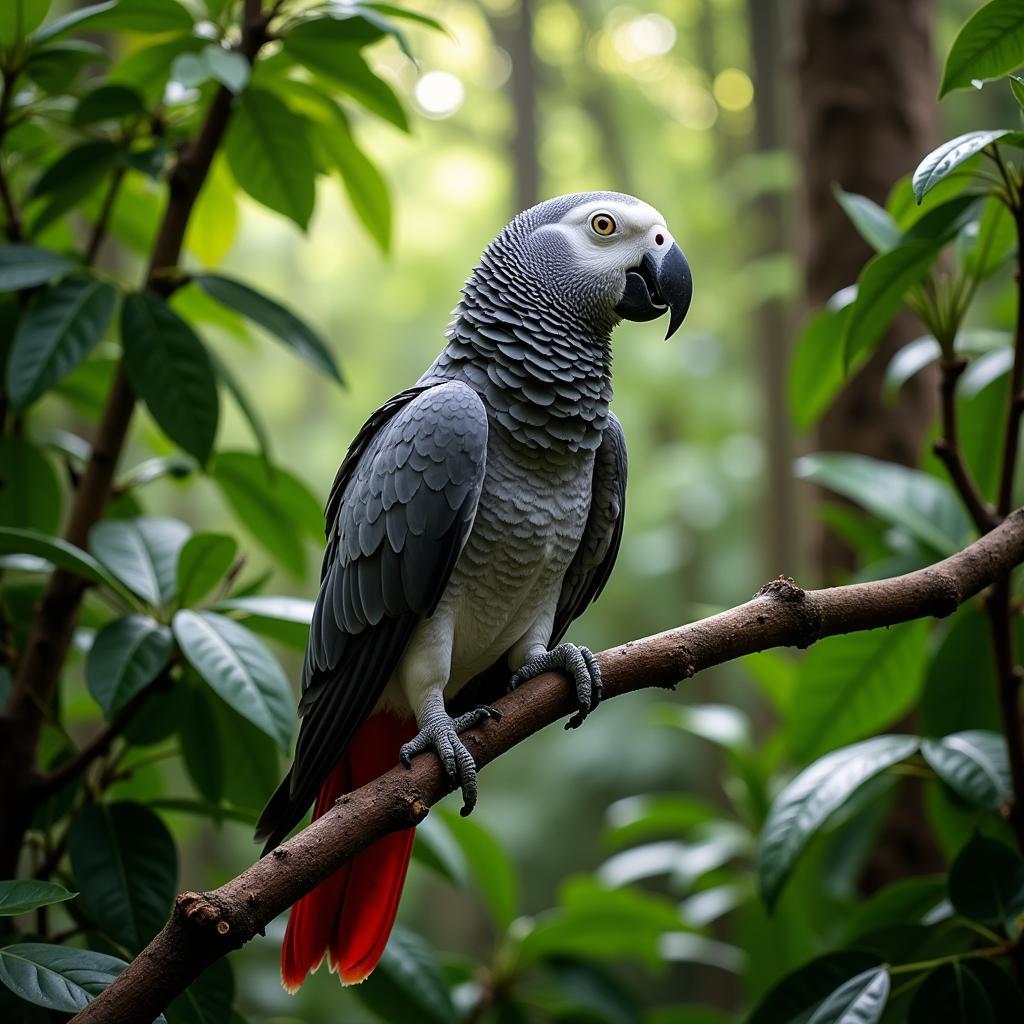African Antelope Beginning With I: Unveiling the Impala
The African continent boasts a breathtaking diversity of antelope species. Among these graceful creatures, those whose names begin with “I,” like the impala, stand out with their unique characteristics and captivating behaviors. This article delves into the fascinating world of the impala, exploring its physical attributes, habitat, social dynamics, and the challenges it faces in the wild. Let’s embark on a journey to discover this remarkable African antelope beginning with “i.”
The Iconic Impala: A Symbol of Grace and Agility
Impalas ( Aepyceros melampus) are medium-sized antelopes found across eastern and southern Africa. Known for their slender build, reddish-brown coats, and distinctive black stripes on their thighs and tails, they are a sight to behold in the African savanna. Their lyre-shaped horns, present only in males, add to their majestic appearance. Impalas are highly agile and are renowned for their incredible leaping abilities, often clearing distances of over 10 meters in a single bound. This remarkable agility helps them evade predators like lions, leopards, and cheetahs. Navigating the complex web of life in the African bush, the impala demonstrates a remarkable adaptation to its environment. After the introductory exploration of the impala, consider learning about other African antelopes beginning with “p,” which expands your knowledge of these diverse creatures. african antelope beginning with p
What do Impalas Eat? Unveiling their Dietary Habits
Impalas are primarily grazers, feeding on a variety of grasses, herbs, and shrubs. Their diet varies with the seasons, adapting to the availability of food resources. During the wet season, when lush vegetation is abundant, they graze extensively on grasses. However, in the dry season, they switch to browsing, feeding on leaves, twigs, and fruits. Impalas also exhibit a fascinating behavior known as “allomothering,” where females within a herd help care for each other’s young. This cooperative behavior enhances the survival rate of the calves.
Impala Social Structure: A Complex Web of Interactions
Impalas live in herds of varying sizes, ranging from small family groups to large aggregations of hundreds of individuals. The social structure of impala herds is complex, with distinct hierarchies among males and females. Males compete fiercely for dominance and the right to mate with females within their territory. These territorial battles often involve impressive displays of strength and agility, further highlighting the impala’s athleticism. Female impalas form strong bonds within the herd, contributing to the cooperative rearing of young. Similar to exploring the impala, learning about African countries beginning with the letter “d” allows one to appreciate the vastness and cultural diversity of the continent. african countries starting with d
Conservation Status and Challenges Facing Impalas
While impalas are currently classified as a species of “Least Concern” by the International Union for Conservation of Nature (IUCN), they still face several threats. Habitat loss due to human encroachment, poaching, and predation are some of the key challenges impacting their populations. Conservation efforts are crucial to ensure the long-term survival of these magnificent creatures and maintain the ecological balance of the African savanna. This includes protecting their natural habitat, combating poaching, and promoting sustainable land management practices. In addition to African wildlife, exploring historical artifacts like the 1926 South African gold sovereign offers a different perspective on the continent’s rich heritage. 1926 south african gold sovereign
The Future of the Impala: Ensuring their Continued Thrive
Dr. Anika Mosi, a renowned wildlife biologist specializing in African ungulates, states, “Impalas are an integral part of the African savanna ecosystem. Their presence is not only a testament to the continent’s rich biodiversity but also crucial for maintaining its delicate ecological balance.” Protecting these magnificent creatures requires concerted efforts from conservationists, local communities, and governments. Another expert, Dr. Jabari Olufemi, an ecologist with extensive experience in African wildlife conservation, adds, “Understanding the intricate social dynamics and habitat requirements of impalas is essential for developing effective conservation strategies. Their survival hinges on our ability to protect their natural habitat and mitigate the threats they face.”
The African block print cotton fabric reflects the continent’s vibrant artistic traditions. african block print cotton fabric The impala, a remarkable African antelope beginning with “i,” stands as a testament to the continent’s rich biodiversity. From their incredible leaping abilities to their complex social interactions, impalas play a vital role in the African savanna ecosystem. By understanding and addressing the challenges they face, we can ensure that future generations continue to marvel at the grace and agility of these iconic creatures.
FAQ
- What is the lifespan of an impala? (Impalas typically live for 12-15 years in the wild.)
- Are impalas endangered? (Impalas are currently classified as a species of “Least Concern.”)
- What is the main predator of the impala? (Impalas are preyed upon by lions, leopards, cheetahs, wild dogs, and crocodiles.)
- How high can an impala jump? (Impalas can jump up to 10 meters in a single bound and 3 meters high.)
- What is the social structure of impalas like? (Impalas live in herds with complex social structures, including territorial males and strong bonds between females.)
- How do impalas communicate? (Impalas communicate through a variety of vocalizations, including barks, snorts, and alarm calls.)
- What are the main threats to impala populations? (Habitat loss, poaching, and predation are the main threats to impalas.)
Other Questions You Might Ask
- What is the role of impalas in the ecosystem?
- How do impalas adapt to their environment?
- What are the different subspecies of impalas?
- What are the current conservation efforts for impalas?
For further insights, explore more articles on African wildlife and conservation on our website.
When you need assistance, please contact Phone Number: +255768904061, Email: kaka.mag@gmail.com Or visit: Mbarali DC Mawindi, Kangaga, Tanzania. We have a 24/7 customer service team.



